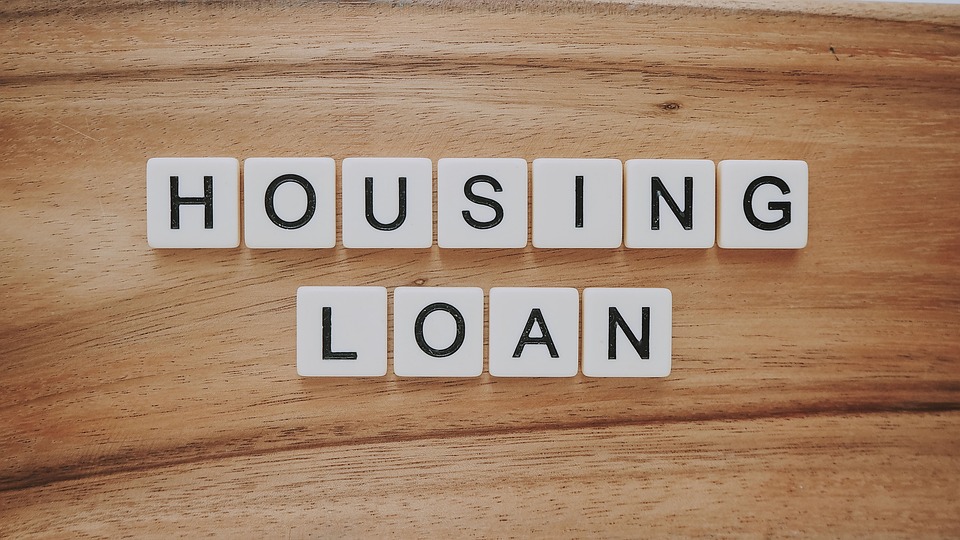Introduction
In the competitive landscape of modern business, a well-crafted proposal can be the difference between winning a lucrative contract and losing to a competitor. Mastering the art of business proposals involves not just good writing, but also an understanding of your audience, clear communication of value, and strategic planning. This article explores key strategies for creating compelling business proposals that resonate with clients and stakeholders.
Understanding Your Audience
Before you put pen to paper (or fingers to keyboard), it’s crucial to understand who will be reading your proposal. Research your audience’s needs, preferences, and pain points. Tailoring your proposal to address their specific situation will enhance its effectiveness. Consider the following:
- Who are the decision-makers?
- What are their pressing challenges?
- What language and terminology resonate with them?
Building Rapport
Establishing a connection with your audience can set the stage for a positive reception. Use personalized greetings and refer to previous interactions or mutual connections to build rapport. The more relatable your proposal feels, the more likely it is to engage the reader.
Structuring Your Proposal
A well-structured proposal is easier to read and understand. Here’s a typical structure that can guide you:
- Executive Summary: Provide a brief overview of the proposal, highlighting key points and benefits.
- Problem Statement: Clearly articulate the client’s challenges or needs that your proposal addresses.
- Proposed Solution: Detail your proposed solution, including methodologies, timelines, and deliverables.
- Benefits: Emphasize the value and advantages of your solution.
- Budget: Present a clear and transparent budget that outlines costs.
- Conclusion: Summarize the main points and include a strong call to action.
Using Visuals Effectively
Incorporating visuals such as charts, graphs, and images can enhance the readability of your proposal and help illustrate your points more effectively. Visual aids can break up text and make complex information more digestible, allowing your audience to grasp your ideas quickly.
Communicating Value
Ultimately, a business proposal should communicate value. Clearly articulate how your solution meets the client’s needs and solves their problems. Use data, case studies, and testimonials to support your claims. Demonstrating past successes can build credibility and trust.
Quantifying Benefits
Where possible, quantify the benefits of your solution. Use metrics and projections to illustrate potential returns on investment, cost savings, or efficiency gains. Numbers often resonate with decision-makers, making your proposal more persuasive.
Proofreading and Revision
A proposal is a reflection of your professionalism and attention to detail. Before submitting, ensure that you thoroughly proofread and revise the document. Look for grammatical errors, unclear language, and inconsistencies. Consider having a colleague review it for additional feedback.
Ensuring Clarity and Conciseness
Business proposals should be clear and concise. Avoid jargon and overly complex language. Aim for straightforward communication that conveys your message effectively. A proposal filled with fluff will likely lose the reader’s interest.
Conclusion
Mastering the art of business proposals requires a blend of understanding your audience, structuring your content effectively, and communicating value clearly. By applying these key strategies, you can create compelling proposals that not only capture attention but also drive results. Remember, the proposal process is an opportunity to showcase your expertise and build lasting relationships with clients.



